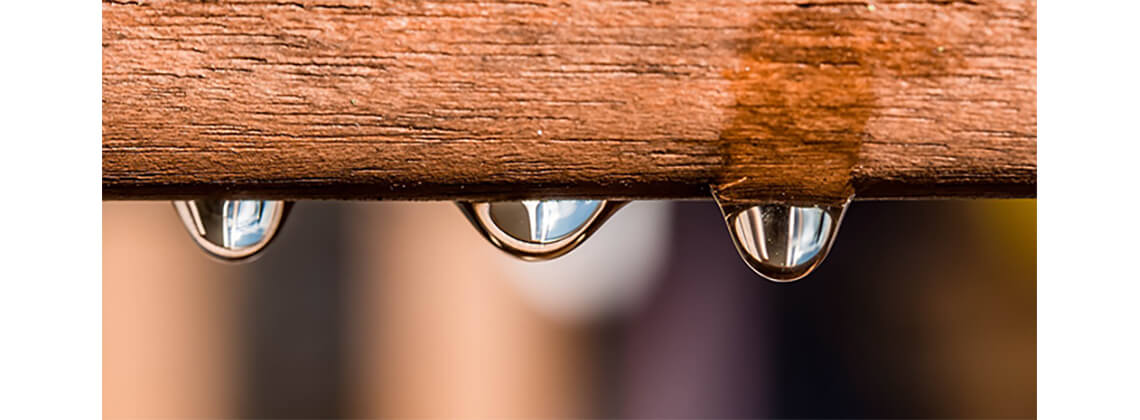To calculate the amount of wood needed for roofing in Nigeria, measure the roof dimensions and determine the wood required based on the coverage area and roof design. Calculating the amount of wood required for roofing in Nigeria is an essential step in ensuring a successful construction project.
Whether you are building a new roof or replacing an existing one, accurately determining the quantity of wood needed is crucial for budgeting and planning purposes. In this guide, we will explain the steps to calculate the wood required for roofing.
By following a simple measurement and calculation process, you can ensure that you have the right amount of wood to complete your roofing project efficiently. Let’s dive into the details and learn how to accurately estimate the wood needed for roofing in Nigeria.

Credit: www.celofixings.com
Understanding Roofing Wood Requirements
When planning to construct or repair a roof in Nigeria, one essential aspect that requires careful consideration is calculating the amount of wood needed for the project. Accurate wood calculations ensure that you have enough materials, prevent unnecessary waste, and help you stay within budget. To properly estimate the wood required for roofing in Nigeria, it is important to understand the different types of wood used and the factors that affect these calculations.
Types Of Wood Used In Roofing
In Nigeria, several types of wood are commonly used for roofing due to their durability, strength, and availability. These include:
| Wood Type | Description |
|---|---|
| Teak Wood | A dense and durable wood known for its resistance to pests and weather conditions. |
| Obeche Wood | A lightweight wood that is easily workable, making it suitable for various roof designs. |
| Iroko Wood | A hardwood known for its strength and resistance to decay, making it ideal for roofing. |
Factors Affecting Wood Calculations For Roofing
Calculating wood requirements for roofing involves considering several factors specific to your project. These factors influence the amount of wood needed and include:
- Roof Area: The total area to be covered by the roof determines the overall amount of wood required.
- Roof Pitch: Steeper roofs generally require more wood as they have a larger surface area.
- Support Structure: The type of support structure, whether rafters or trusses, affects the wood calculations.
- Wood Size: The dimensions of the wood, such as length, width, and thickness, determine the quantity needed, as well as the type and spacing of the framing members.
- Roof Design: Complex roof designs, such as hip or gable roofs, may require additional wood to accommodate different angles and corners.
- Waste Factor: It is important to account for waste due to cutting, trimming, and any potential material defects.
By understanding the various types of wood commonly used for roofing and the factors influencing wood calculations, you can accurately determine the quantity of wood needed for your roofing project, ensuring a successful and cost-effective outcome.

Credit: fieldcomplete.com
Preparing Wood Calculation
In order to successfully calculate the wood required for roofing in Nigeria, it is crucial to have a well-prepared wood calculation. This involves accurately measuring the roof dimensions and determining the quality and quantity of the wood that will be needed. By following these steps, you can ensure that you have the right amount of wood to complete your roofing project efficiently and effectively.
Measuring Roof Dimensions
The first step in preparing your wood calculation is to measure the roof dimensions accurately. This will help you determine the amount of wood that needs to be cut and installed. To measure the dimensions, you can follow these simple steps:
- Start by determining the length and width of the roof. Measure both the horizontal and vertical dimensions.
- Next, measure the angles of the roof. This will help you calculate the pitch and slope, which are essential for accurate wood calculations.
- Take note of any additional features such as dormers or skylights, as these will require additional wood.
By measuring the roof dimensions accurately, you can avoid any wastage or shortage of wood during the roofing process.
Determining Wood Quality And Quantity
Once you have measured the roof dimensions, the next step is to determine the quality and quantity of the wood that will be required. This will ensure that you have the right type and amount of wood to complete the roofing project. Here’s how you can determine wood quality and quantity:
- Check for any wood defects such as rot, cracks, or insect infestation. These defects can compromise the structural integrity of the roof and should be avoided.
- Consider the wood species. Some species, like teak or cedar, are known for their durability and resistance to weathering, making them ideal for roofing in Nigeria.
- Calculate the quantity of wood needed based on the roof dimensions. Use the measurements obtained earlier to estimate the number of planks or sheets required.
By determining the quality and quantity of wood accurately, you can ensure that your roofing project is built to last and withstand the harsh Nigerian climate.
Calculating Wood Requirements
When calculating wood requirements for roofing in Nigeria, it’s essential to ensure precision and accuracy. Proper calculations can help in accurately estimating the amount of wood needed for the trusses and additional support, ultimately contributing to a successful roofing project.
Calculating Wood For Trusses
To calculate the wood needed for trusses, you will need to consider the dimensions of the roof, including the span, slope, and spacing of the trusses. It’s crucial to measure each truss’s length, as well as the number of trusses required, to determine the total amount of wood needed.
Understanding Additional Wood Requirements
In addition to trusses, understanding the additional wood requirements is vital. This includes the support beams, purlins, and collar ties. By taking accurate measurements and considering the specific wood dimensions needed for these additional components, you can ensure that sufficient wood is available for the entire roofing structure.

Credit: certifiedmtp.com
Optimizing Wood Usage
- Measure accurately before cutting to avoid excess wood waste.
- Plan the layout efficiently to reduce scrap pieces.
- Reuse offcuts for smaller sections to minimize wastage.
- Opt for thinner wood sections without compromising on strength.
- Collaborate with suppliers for cost-effective bulk purchases.
- Consider alternate materials for non-structural elements.
Sourcing Quality Wood
When it comes to roofing in Nigeria, sourcing quality wood is crucial for a sturdy and durable roof. This involves identifying reliable wood suppliers and evaluating wood quality to ensure your roof is built to last.
Identifying Reliable Wood Suppliers
- Ask for recommendations from local contractors or neighbors.
- Verify the supplier’s credentials to ensure they are reputable.
- Check for online reviews and ratings to gauge customer satisfaction.
Evaluating Wood Quality
- Inspect the wood for signs of decay, cracks, or insect damage.
- Ensure the wood is straight, strong, and free of knots.
- Consider the moisture content of the wood to prevent warping.
Budgeting For Wood
In the construction of a roof in Nigeria, the accurate calculation of wood is vital to avoid unnecessary expenses and ensure a sturdy structure. This section will guide you through the process of budgeting for wood, including estimating costs and understanding the factors that influence wood pricing.
Estimating Wood Costs
To estimate wood costs for roofing, you need to calculate the total square footage of the roof and determine the type and quantity of wood required. An essential consideration is the species of wood, as different types have varying prices. Ensure precise measurements to prevent over or underestimation of the wood needed for the project.
Factors Affecting Wood Pricing
- Quality: High-quality wood usually comes at a higher price due to its durability and resistance to weather conditions.
- Market Demand: Fluctuations in demand can impact wood prices, especially during peak construction seasons.
- Transportation Costs: The distance from the source of the wood to the construction site can affect the final price.
- Finishing: Pre-treated or finished wood may cost more but offer long-term benefits in terms of maintenance and longevity.
Frequently Asked Questions For How To Calculate Wood For Roofing In Nigeria
How Much Wood Is Needed For A Nigerian Roofing Project?
To calculate, consider the roof size, pitch, materials, and overhangs. Use a roofing calculator or consult a professional for accurate estimates.
What Are The Common Wood Types Used For Roofing In Nigeria?
Popular choices include iroko, mahogany, and cedar for their durability and resistance to weather conditions in Nigeria.
How Can I Ensure The Wood For Roofing Is Sustainable And Eco-friendly?
Choose certified sustainable wood products, like FSC-certified wood, and ensure proper disposal and recycling practices for old wood materials.
Conclusion
Accurately calculating the required wood for roofing in Nigeria is essential for a successful construction project. By following the guidelines outlined in this post, you can ensure efficiency and cost-effectiveness in procuring the necessary materials. Understanding the process will streamline your project and lead to a durable and long-lasting roof.


